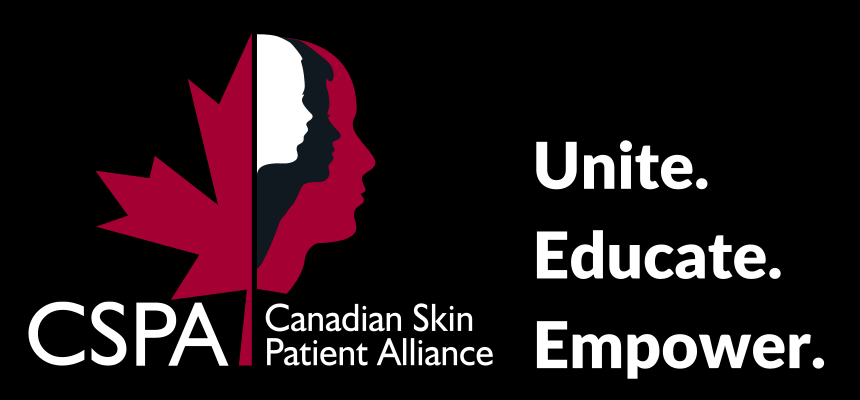Diagnosis
The diagnosis of HPV infection depends on the presentation of the patient and may often go undetected given many HPV infections do not have any symptoms. A diagnosis of warts from HPV infection is typically done by a physician and may be confirmed from a sample of the tissue by biopsy. Definitive diagnosis is based on the detection of the viral HPV DNA with laboratory testing, however, this is not done routinely in all patients.
Treatments
Treatment of HPV
Various treatments exist to treat HPV, and these have been summarized in Table 2.
Table 2. Summary of treatments available to treat HPV2
|
Patient-applied treatments |
Physician-prescribed treatments |
Physician-applied treatments |
||
|
● Salicylic acid
● Imiquimod
● Podophyllotoxin
|
● Retinoid cream (tretinoin)
● Cantharidin
● Immunotherapy medications
|
● Trichloroacetic acid (TCA)
● Podophyllin liquid
● Cryotherapy
|
Treatment of warts
Warts from HPV may disappear over time as the body mounts an immune response, and often resolve without treatment, particularly in children. Warts from HPV may be more resistant to resolving on their own in adults and in those with longstanding warts.
The choice of treatment often depends on the size, extent, and location of the wart, as well as patient preferences. Various treatments are available (Table 2), and two common treatments of warts include the use of topicals and/or cryotherapy.
Topical therapies such as salicylic acid are readily available over the counter and chemically exfoliate the skin cells to remove the wart. Thick warts are often soaked and pared-down prior to the use of a topical therapy to increase the efficacy of the treatment. Stronger concentrations of acid may be administered by a physician to treat warts.
Cryotherapy (cryosurgery) is administered by a physician and uses liquid nitrogen. Liquid nitrogen reaches very low temperatures and when applied, can effectively freeze the wart by penetrating into the basal layer of the skin to reach the virus. This may be repeated several times in one treatment. The size and thickness of the wart determines the number and length of treatments of cryotherapy. Potential adverse effects of this treatment include pain during the procedure, and it may result in lingering irritation, soreness, swelling, or the formation of a blister. Cryotherapy can sometimes be used in combination with topical over-the-counter treatments.
Consider involving the guidance of a healthcare professional before starting any treatments and always read instructions before using any medications. A full list of wart treatments can be found at our page on Warts.
Prevention of HPV infection
Human papillomavirus (HPV) vaccine prevents infection from certain strains of HPV that cause genital warts. An HPV infection can potentially lead to cancers of the cervix, the vagina and the vulva. The vaccine is given to girls and women, ages 9 to 26, and has recently been approved in men. Vaccination often requires three doses: an initial dose and boosters after two months and six months, however please refer to the Health Canada website to verify the recommendations for the vaccination schedule and dosing appropriate for your age group and population that you may identify with. The vaccine prevents HPV infection, but does not cure it. Because it is not 100% effective, and only covers certain high-risk strains of HPV, patients are still recommended to engage in safe sexual practices to reduce infection and transmission.
There are currently 3 approved HPV vaccines that cover strains that cause genital warts and that can lead to cancer. They are: Gardasil, Gardasil 9 and Cervarix.
Table 3. HPV vaccines available
|
Cervarix (HPV2) |
|
A bivalent vaccine which protects against HPV types 16 and 18 |
|
Gardasil (HPV4) |
A quadrivalent vaccine which protects against HPV types 6, 11, 16 and 18 |
|
|
Gardasil 9 (HPV9) |
A nonavalent vaccine which protects against HPV types 6, 11, 16, 18, 31, 33, 45, 52 and 58 |
Regardless of if they have been vaccinated, women should continue to have regular gynecological exams and Pap tests. Regular screening can detect cancers of the cervix, clitoris, or vulva as they often do not have any symptoms in the early stages. It is also recommended that individuals with anogenital warts be screened for other sexually transmitted infections (STIs). Partners should recommend that their sexual partners present to a healthcare practitioner if there are any symptoms present and that any partners with a cervix get regular checks and PAP smears.
Anal HPV may also occur and may present with symptoms and signs similar to genital warts. While it is less common than a cervical PAP test, anal PAP tests are available and involve putting a cotton swab in the anus to collect cells to examine for precancerous or cancerous changes. This is not routinely done as a screening for the general population in Canada but may be performed by a healthcare practitioner if you may be at an increased risk of anal HPV and cancer.
Treatment of cancer associated with HPV infection
If a patient develops cancer-related to an HPV infection, management may include modalities such as chemotherapy, radiation therapy, and surgery at the discretion of their healthcare team.











